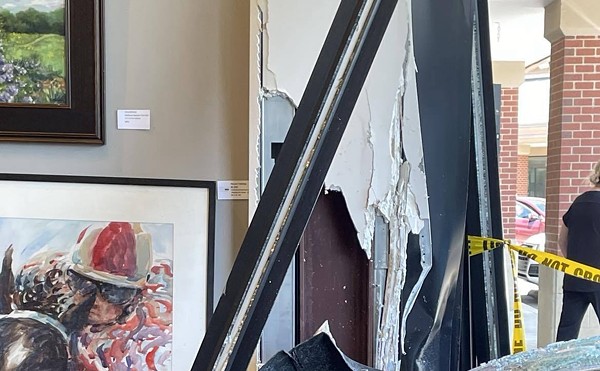By Caitlin Bowling
Wayside Christian Mission announced the sale of its East Market Street campus Thursday, the final act in more than a month’s worth of disputes over the mission’s expansion plans, which included tearing down some old, old buildings — an idea that sat sideways with some neighbors, including the East Downtown Business Association, which formally opposed the plan.
A group of investors including Gill and Augusta Brown Holland purchased the 10-building campus for a reported $5 million. “This is a win-win for the homeless, for the arts district, and for Louisville’s history,” Holland wrote to LEO Weekly in an e-mail.
At a press conference Thursday, Wayside’s chief operating officer, Nina Moseley, declined to divulge the sale price. “(The purchase price) is very generous and will enable us to provide for women and children,” she said.
The mission, which shelters and feeds the homeless, will have up to two years to move its women and families from the Market Street location, and will be allowed two-and-a-half years to move its daycare.
“I am kind of disappointed, but I am also alright with change,” said Latonya Miles, a Wayside resident.
Wayside has not decided where it will move, Moseley said, though options include an expansion of its headquarters on West Jefferson Street.
“A building is just a building,” Wayside resident Tracy Thacker said. “It is the people that (make) Wayside.”
In 2007, Wayside aided about 3,800 of the 11,272 homeless people in Louisville. The agency, which opened its doors 51 years ago, currently houses two to three families in rooms the size of a residential bedroom, and the mission’s 106 women share a single bathroom.
The mission hopes the move and expansion will provide its women and families with a decent, dignified, private space, Moseley said. “We are going to be able to design something from the ground up.”
Holland told LEO Weekly that he and the other investors are still deciding what to do with the buildings, but that they may try to attract more galleries, a café and “fun, creative retails stores” — all of which maintain the current vibe of the neighborhood.





